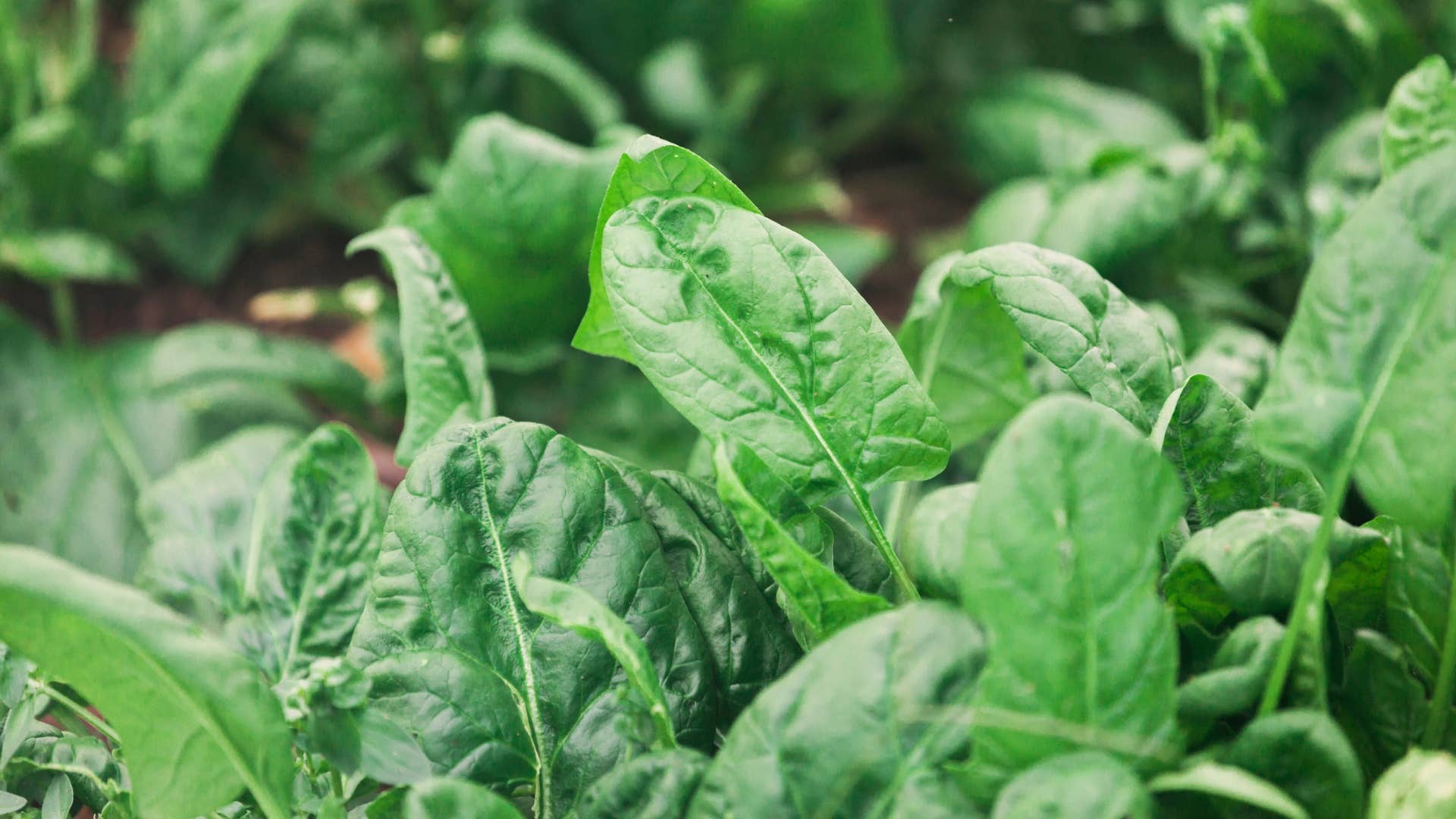
Connoisseurs of greenery already know that spinach, in a word, absolutely rules. That status of ruling, however, has notably been taken to the next logical level in recent years by spinach being engineered to send emails.
As highlighted by Euronews this week, engineers at MIT—by way of nanotechnology—have shown spinach's use as sensors boasting the ability to detect explosive materials. That info, per prior research, is then wirelessly transferred back to scientists. In a statement, research leader Professor Michael Strano praised plants at large as being "very good analytical chemists" and pointed to the wider human benefit of this latest bit of plant nanobionics news.
"They have an extensive root network in the soil, are constantly sampling groundwater, and have a way to self-power the transport of that water up into the leaves," Strano said, per Tuesday's report. "This is a novel demonstration of how we have overcome the plant/human communication barrier."
In short, the spinach roots are said to detect nitroaromatics in groundwater, which prompts the carbon nanotubes in the leaves to send a signal that is then read by an infrared camera before sending an email alert. Put another way, i.e. in wholly scientific terms straight from a Nature.com-published piece on research from way back in 2016, this is part of what's going on:
"Plant nanobionics aims to embed non-native functions to plants by interfacing them with specifically designed nanoparticles. Here, we demonstrate that living spinach plants (Spinacia oleracea) can be engineered to serve as self-powered pre-concentrators and autosamplers of analytes in ambient groundwater and as infrared communication platforms that can send information to a smartphone. The plants employ a pair of near-infrared fluorescent nanosensors—single-walled carbon nanotubes (SWCNTs) conjugated to the peptide Bombolitin II to recognize nitroaromatics via infrared fluorescent emission, and polyvinyl-alcohol functionalized SWCNTs that act as an invariant reference signal—embedded within the plant leaf mesophyll. As contaminant nitroaromatics are transported up the roots and stem into leaf tissues, they accumulate in the mesophyll, resulting in relative changes in emission intensity. The real-time monitoring of embedded SWCNT sensors also allows residence times in the roots, stems and leaves to be estimated, calculated to be 8.3 min (combined residence times of root and stem) and 1.9 min mm−1 leaf, respectively. These results demonstrate the ability of living, wild-type plants to function as chemical monitors of groundwater and communication devices to external electronics at standoff distances."
As an added bonus to this inspiring act of spinachry, Marthe de Ferrer's Euronews rundown also includes previously shared expressions of optimism from Strano and others regarding the plants' potential to warn of alarming environmental problems like pollution and more.
While the bulk of this story does indeed appear to have first hit the world back in 2016, that hasn't stopped the reactions from stacking up:

